A unique workshop took place in Amboseli National Park in Southern Kenya during the first week of December that focused exclusively on mitigating human wildlife conflict through innovative technology. This workshop was put on by a unique collaboration of The Big Life Foundation, Wildlife Direct, Oltome Nadupo Women’s Project, Kenya Wildlife Service, Gearbox and the Amboseli community and Mara Elephant Project’s Field Administrator Wilson Sairowua was there to attend and lend his expertise.
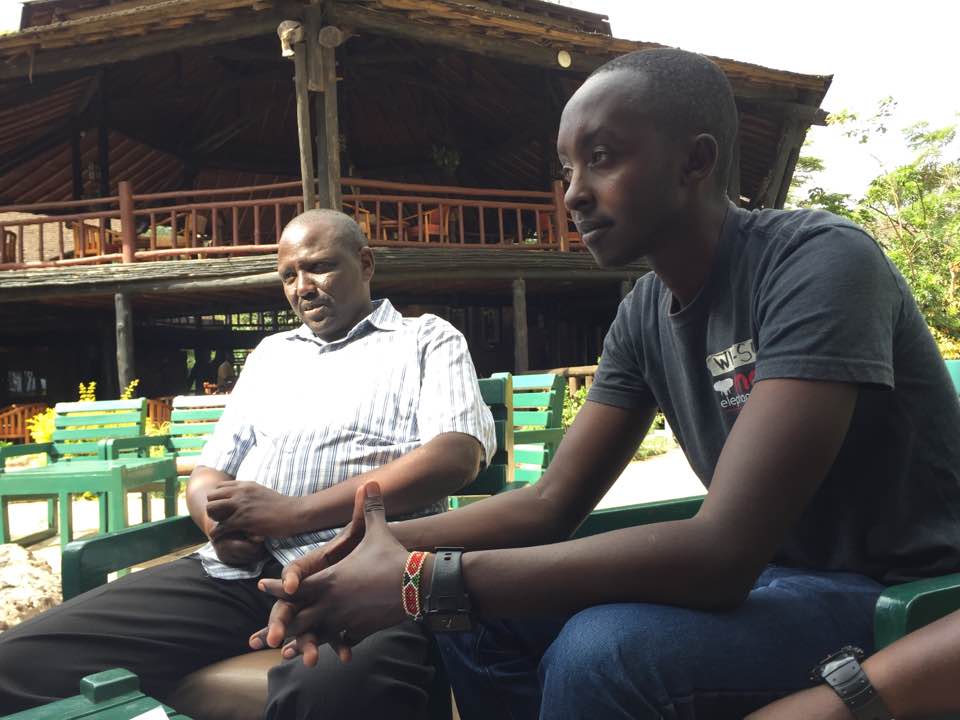
During the four-day workshop four innovative new technologies and techniques were created to combat human wildlife conflict.
Audio Scarecrow
This technology is a wire erected to the farm and helps to warn farmers when an elephant enters to raid their crops. When the wire is cut or broken the device produces a screaming sound that no only alerts the farmers but also tricks the elephants into thinking that there are people in the farm.
Pepper Wick
This technology is a device that is placed around the farm boundaries to sense elephant movement and turns on bright lights and later emits pepper spray to ward off any elephants.
Flaming Chili-Ball Launcher
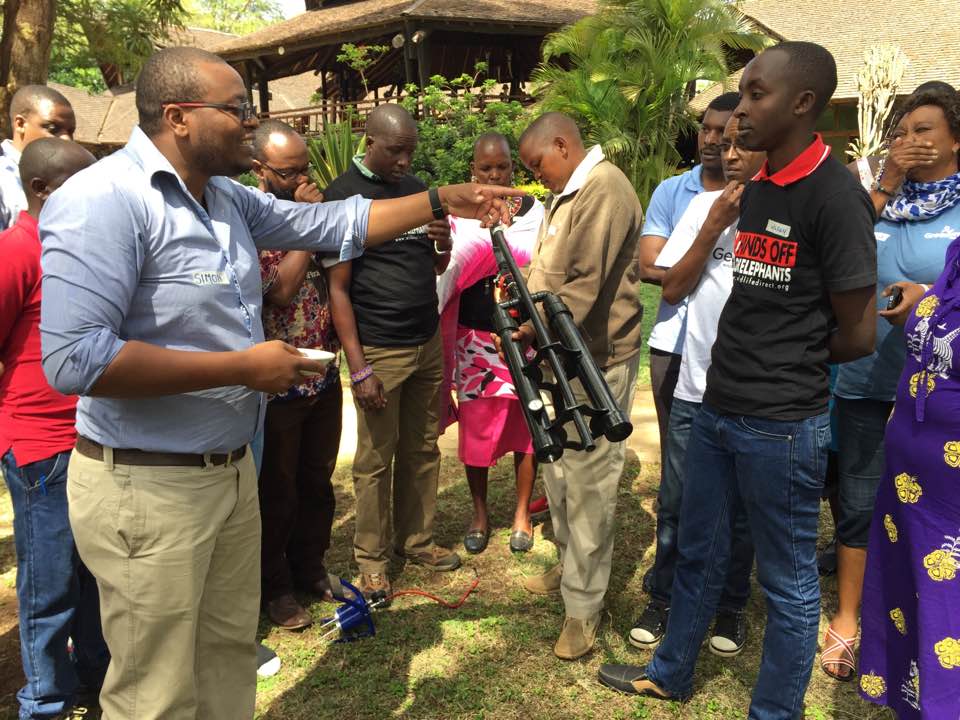
This is a device that resembles a gun and is used to shoot ball-like bullets that have a pepper scent. When the ball hits its target it explodes giving out a pepper scent that irritates the elephants.
PAS (Predator Alert System) Wristwatch
This technology is a device that is worn on the wrist that helps to alert humans on any impending threats from predators. It gives an early warning when the predator is a kilometer away.
These innovations took hours to conceive. They examined findings from the field and started identifying the key problems and explored solutions. Wilson’s favorite invention was the pepper wick because of the potential uses for it around the Mara.
Major contributors from Tanzanian and Wildlife Trust spoke about affected communities including farmers, women and cattle herders. Conservationists from KWS, The Big Life Foundation and Selenkei also spoke about their human wildlife struggles.
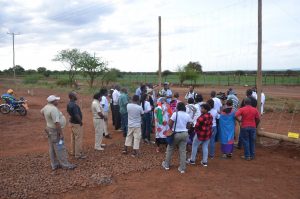 One afternoon of the workshop spent time with The Big Life Foundation staff examining the new elephant proof fences that they are putting up in Wanja Kimani, which are short and much cheaper and faster to erect. Wilson said he learned a lot from seeing these fences up close and learning how to erect them.
One afternoon of the workshop spent time with The Big Life Foundation staff examining the new elephant proof fences that they are putting up in Wanja Kimani, which are short and much cheaper and faster to erect. Wilson said he learned a lot from seeing these fences up close and learning how to erect them.
The KWS Assistant Director Dan Onsembe dropped in and tried out some of the innovations. He was so impressed he asked that the workshop be held again, with an even greater number of participants.
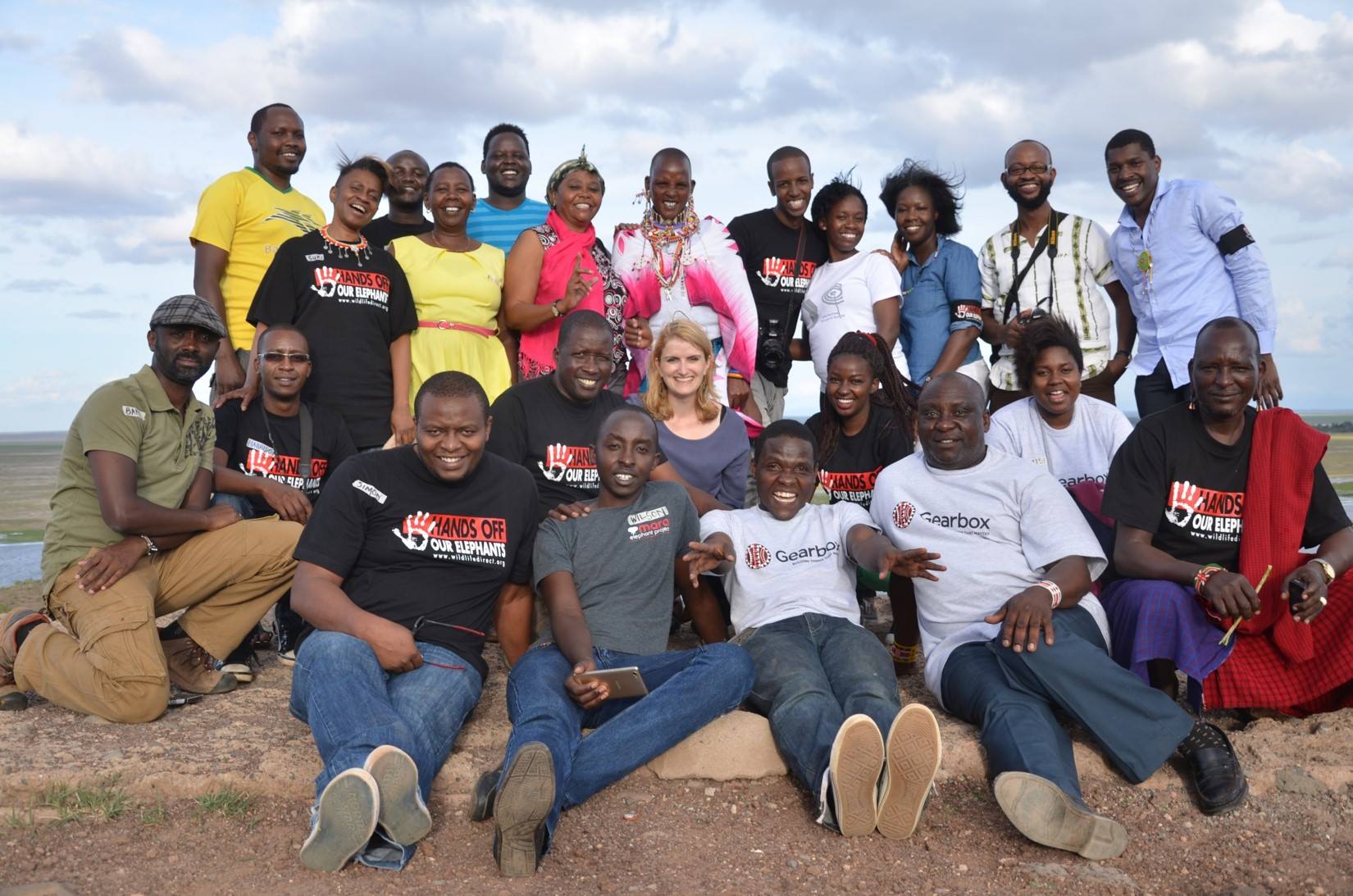
The donor, United Nations Development Programme, was thrilled and promised that the next stage, testing of prototypes, will be a possibility.
One of the final outcomes of the workshop beside the new innovations was the ranking of human wildlife conflict problems created by four groups and categorized as 10 major issues. These issues featured education, capacity building as well as technology and governance as the top five issues to take forward when innovating new technology for human wildlife conflict.
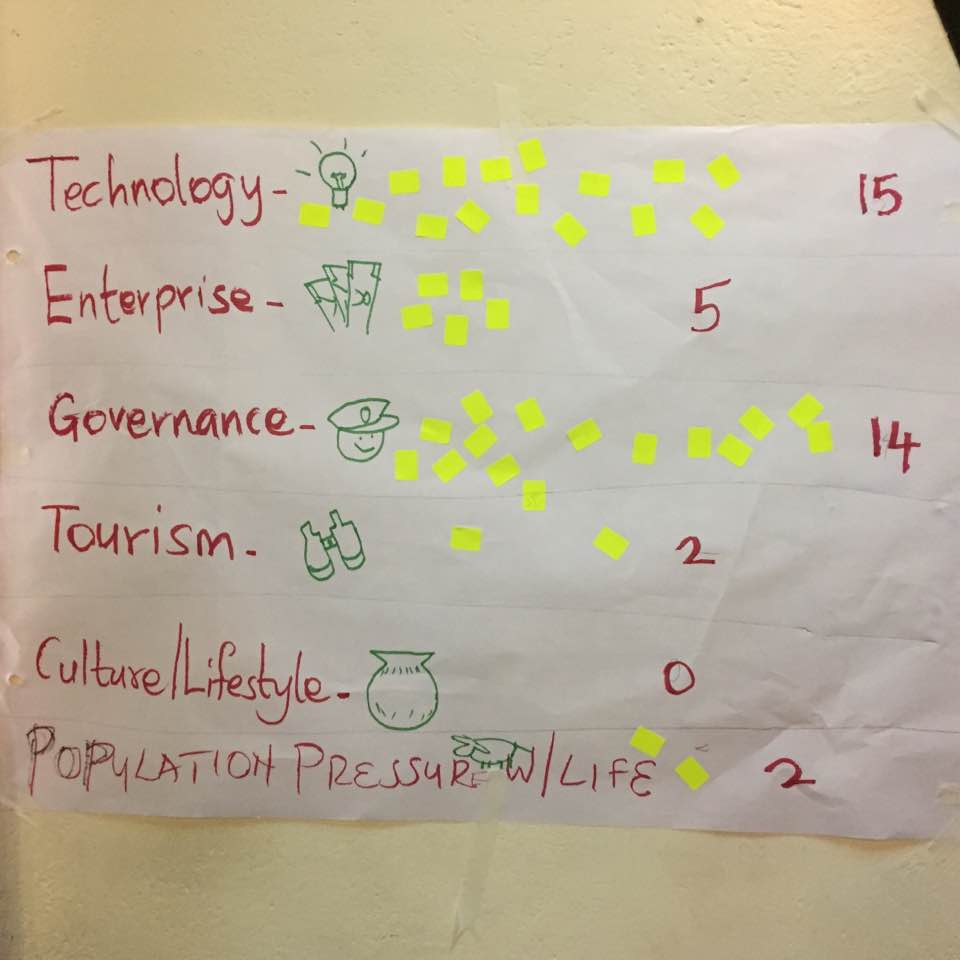
Watch Wilson in action


